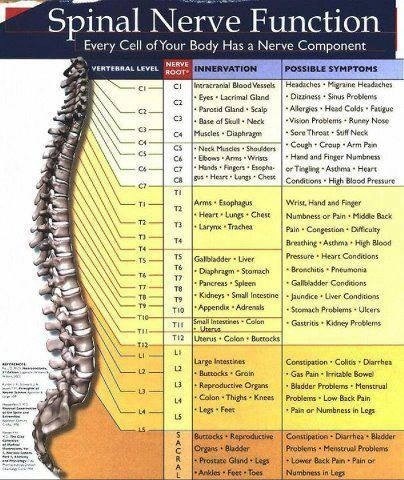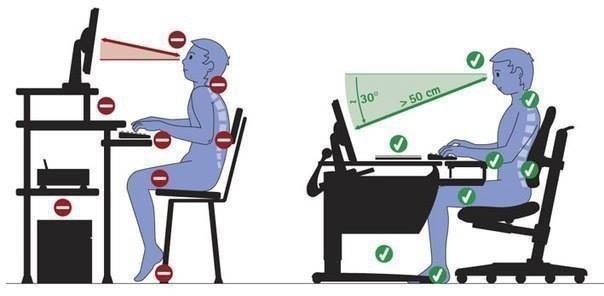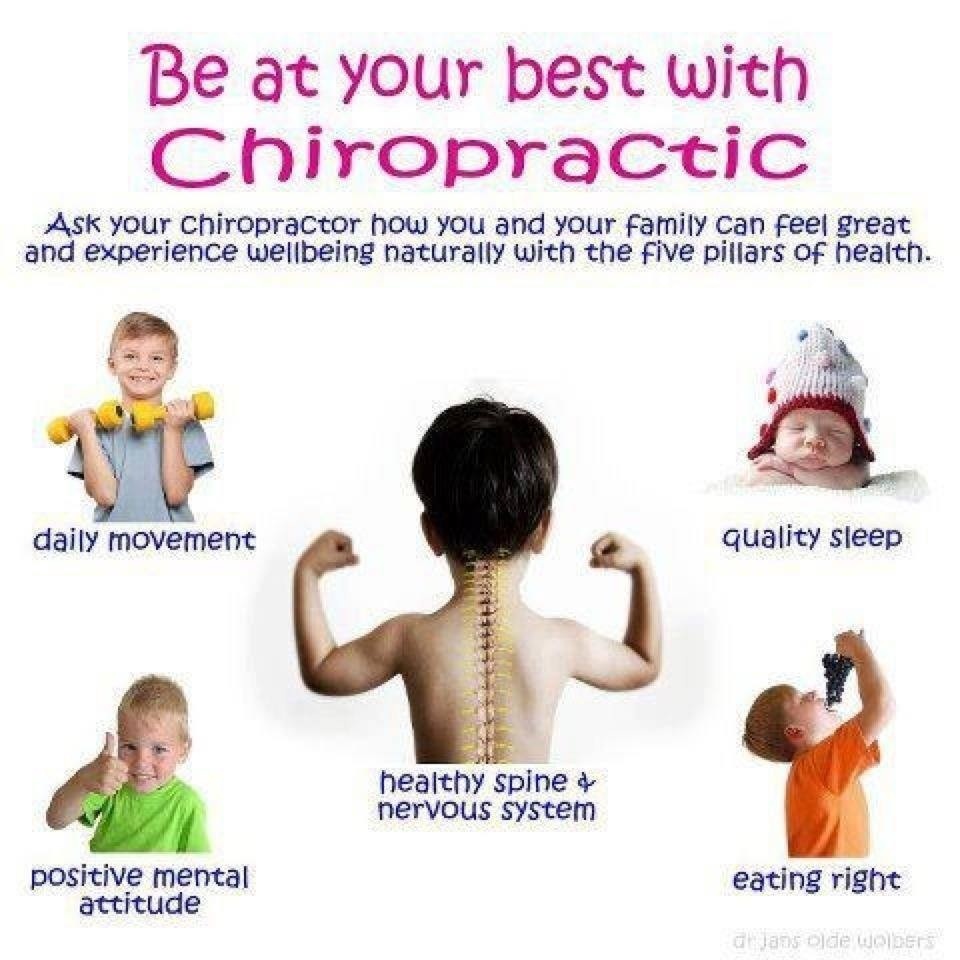Harvard Report Endorses Chiropractic for Acute Low Back Pain
A 2012 report issued by Harvard Medical School endorses chiropractic care for patients with short- and medium-term low back pain (LBP).
Low back pain can be highly uncomfortable, debilitating and disruptive for those who suffer from it and has been implicated as a major factor in lost work time and health-care spending in North America.
The Harvard Medical School Special Health Report, titled Low Back Pain – Healing Your Aching Back (published by Harvard Health Publications) outlines, for both health professionals and lay-readers, factors leading or contributing to LBP and suggests therapeutic options for patients who live with it. Amongst these, chiropractic is listed as a viable therapeutic option for patients suffering from acute LBP, noting that chiropractic relieves pain and reduces the necessity of medication for some of these patients.
Page 26 of the report quotes “a 2010 review of 12 different studies involving 2,887 people with low back pain,” which concluded that “…chiropractic care improved short- and medium-term pain more than other treatments, including exercise, physical therapy, and medication… people who saw chiropractors also reported being less disabled over the short term (one month) compared with people who received other treatments such as standard medical therapy.”
The report also states, “The best candidates for chiropractic manipulation are people who have no sign of nerve impairment. For them, chiropractic care tends to be satisfying and effective for acute low back pain” and notes that chiropractic can also be effective in a team-based approach – including medical doctors and allied health professionals – for relief of LBP.”
To receive this report please visit www.health.harvard.edu/.








